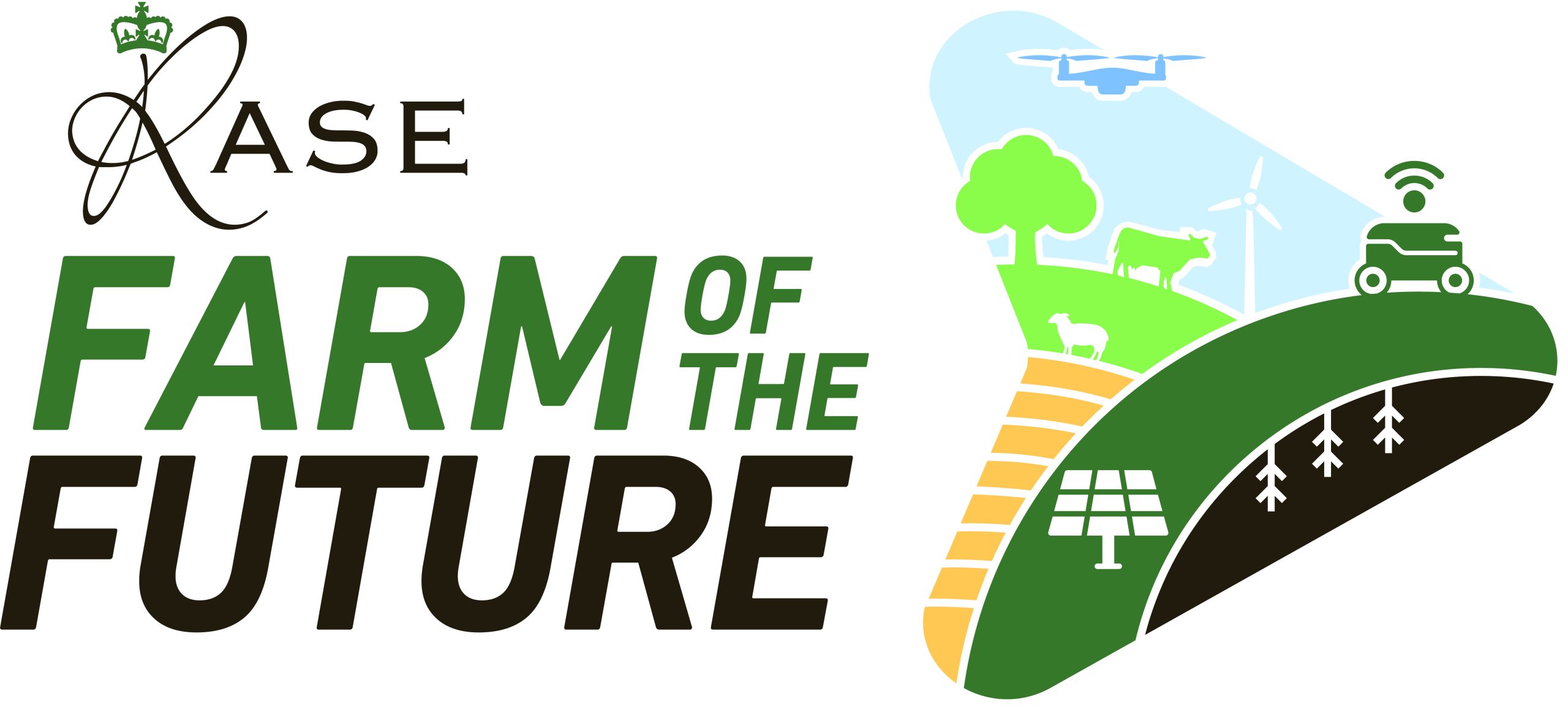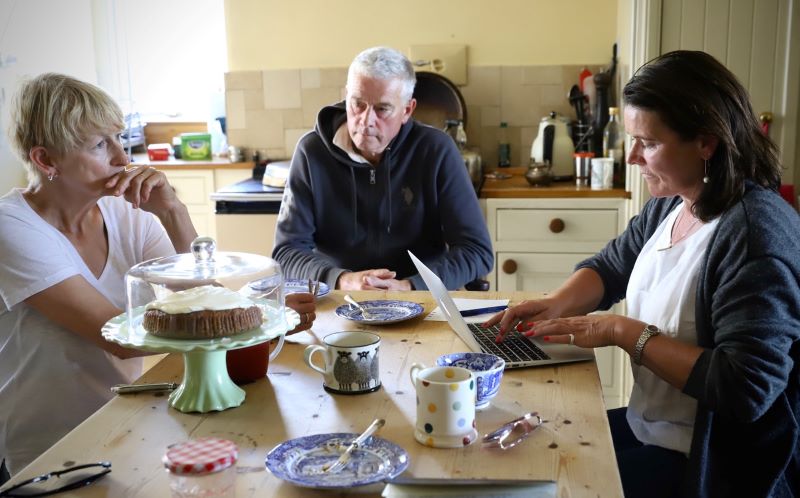Succession planning for farms is crucially important, can be messy (but not always) and can involve alternative models, such as community buyouts.
A recent Farm of the Future webinar, chaired by Professor Lee-Ann Sutherland from the James Hutton Institute’s International Land Use Study Centre, delved into why succession planning is so important for farming families, how to approach it and some alternative models for when there is no successor.
This blog explores how succession can lead to transformational change in farm businesses. It includes insights into how to approach a conversation about succession planning with family members, shared by professional facilitator and communicator Heather Wildman from Saviour Associates. It also includes an introduction to alternative models for farm succession, shared by Suzy Russell from the CSA Network UK.
Succession planning as a trigger for change
Opening the webinar, Lee-Ann Sutherland identified that succession is an important trigger for transformational change on farms.
She highlighted that successors are important for the industry because farm businesses with identified successors will invest ten years prior to the successor fully taking over, as the successor becomes part of the decision making in that business. Before their parents fully retire, successors may buy a new technology, invest in training or find ways to support an additional income from the farm, all of which can help prepare the farm business for challenges and support future profitability.
Despite the knowledge that succession can lead to transformational changes in farm businesses, which is evidenced by research, succession planning discussions can be messy and complicated. It is essential for farming families to discuss farm succession early, taking all perspectives into account.
Starting the succession planning conversation
Speaking in the webinar, Heather Wildman shared that many people defer talking about succession because they are terrified of the six Ds – death, disability, disease, disaster, divorce and disagreements.
However, the only certainty we all have in life is that we are going to die, although we don’t know when, how or in what order. This is why Heather encourages families to talk about succession planning early, to help de risk their business.
Heather shared some of the common thinking and scenarios that she has seen through her work, which can result in people putting off starting a conversation about succession planning. For elder generations, there is often the thought that they don’t want to rush the children to come back to the farm. Their children may have good careers, or off doing other things, and knowing that farming is hard, the elder generation maybe don’t want to bring it up too early. Meanwhile, the incoming new generation often don’t want to bring it up because they don’t want to feel greedy or ‘grabby’, and they don’t want to talk about death. But ultimately, the best thing to do is to bring it up and talk about it.
Heather recommends having honest conversations in which every member of the family has an opportunity to share where they want to be and what they want for their future. The younger generation need to be able to say if the farm is something they are really passionate, and also if it isn’t.
For the elder generation, they need to consider when they would like to retire, and whether it will be possible to be financially independent when they retire. It’s important to discuss whether the younger generation will buy into the business, or if it will be gifted, with the elder generation then supported into retirement. Financial independence can be liberating for everyone, but succession planning requires knowing your numbers such as the value of the business and its assets, any debts and who is still involved in the business and needs to be supported by it.
The more people talk about it, the more complicated it can become, as for every pro, there’s a con. Heather recommends that families put as much out on the table, seek professional advice and then weigh up the right solution for the family. Having a time frame in mind can also be very helpful to keep things on track, although it is important to be prepared for the process to take longer than expected.
Finally, Heather highlights that succession planning does not have to be difficult. “So many succession transitions happen beautifully, they do not have to be a nightmare,” she said.
Alternatives for farm succession planning
Also speaking in the webinar, Suzy Russell shared some alternative models for farm succession, such as community buyouts and collective enterprises.
Community buyouts
In community buyouts, farms can be transitioned to community ownership through models like community benefit societies or community land trusts. This allows the land to remain in food production while potentially enabling the existing farmer to continue operating the farm as a tenant.
An example of this model in practice is Fordhall Organic Farm in Shropshire, which was the first community owned farm. This allowed the Hollins family, who had been farming the land for generations as tenant farmers, to continue farming following various legal battles during which their private landlord tried to evict them. The general public were offered the chance to purchase ‘community shares’ in the farm, which within 6 months raised enough money to purchase the farm. Now the farm has 8,000 landlords, with the Hollins son as the one tenant farmer and the daughter running the community engagement, cafe and other elements of the farm.
Collective enterprises
In a collective enterprise farms can host multiple different businesses and enterprises on the land, rather than diversified income streams all under the same business. There are several benefits of having multiple businesses on the same piece of land, as each business brings its own network, knowledge and customer base. There can also be opportunities to share resources, for example the businesses together may be able to purchase and have access to a walk-in fridge, which on their own they may not be able to afford.
The Pitch Up! scheme is an example of collective enterprises in action, where participating farms invite people with sustainable business ideas to their land, to join growing circular communities.
The webinar highlighted the opportunities associated with succession planning and transferring ownership of farm businesses, provided guidance on approaching conversations about farm succession planning and also introduced some less commonly considered models.
To hear more from Lee-Ann, Heather and Suzy, watch the webinar in the RASE members’ resources. The webinar panel also included litigation solicitor Esther Woolford from Clarke Willmott, who highlighted what can go wrong when there is no plan for succession and Samantha Doherty from the Succession & Tax team at Thrings, who spoke about the impact of the inheritance tax relief changes and how these might impact succession planning.

